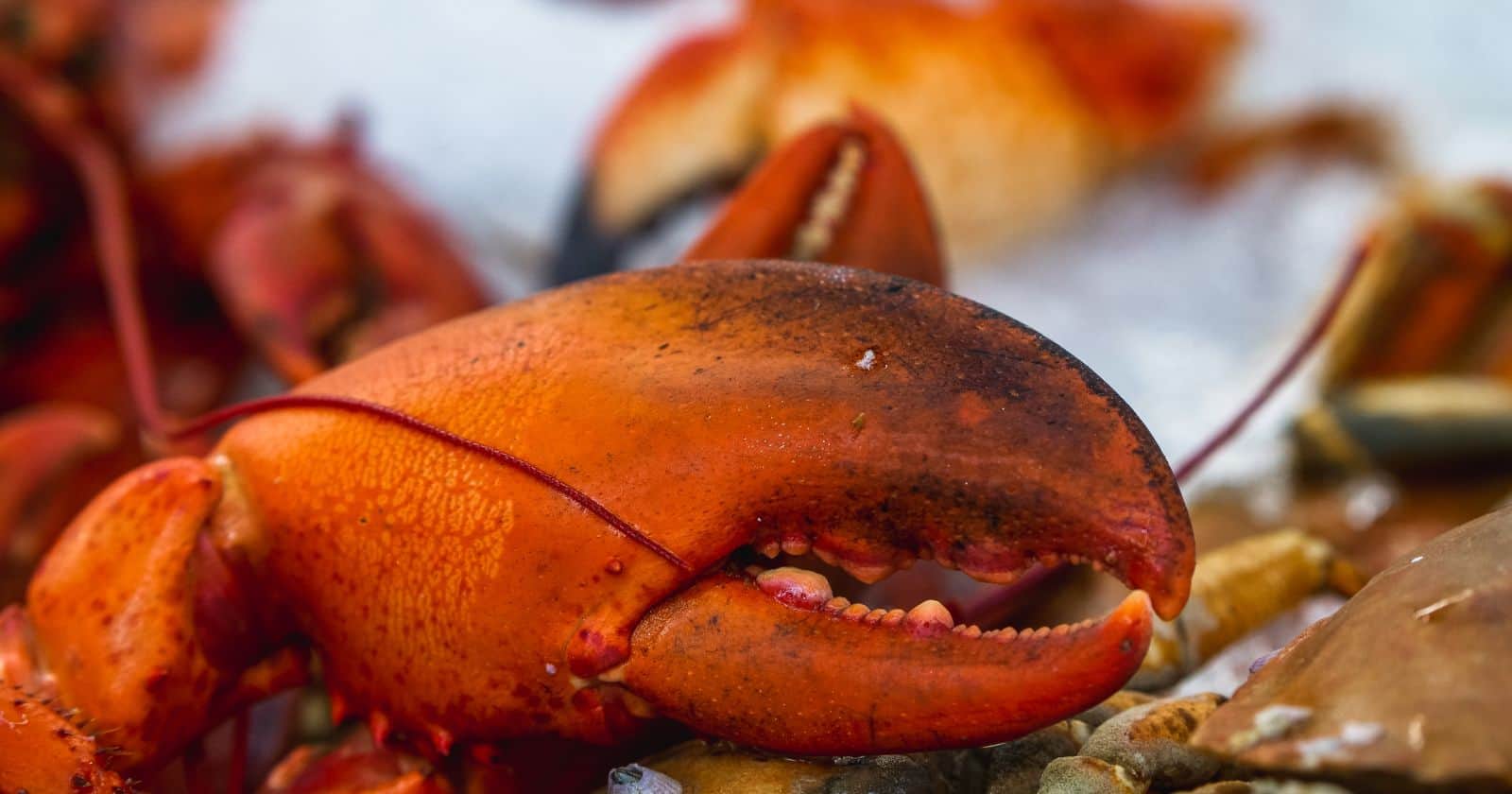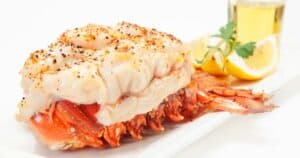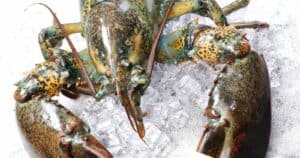Lobster claws are a delicacy loaded with sweet, succulent meat. When cooking these crustacean treats at home, using the proper technique is key to achieving tender, flavorful results. But with options like boiling, baking, steaming, and sautéing, what is truly the best way to cook lobster claws?
In this comprehensive guide, we’ll compare popular cooking methods, explain key considerations, and provide step-by-step instructions. By understanding the finer points of each technique, you’ll be able to prepare stellar lobster claws worthy of any seafood restaurant.
An Overview of Cooking Methods
Here’s a quick look at common techniques for cooking lobster claws:
Boiling – Submerging claws in boiling salted water. Simple and straightforward.
Baking – Roasting claws in the oven with seasonings. Provides deeper flavor.
Steaming – Suspending claws above boiling water in a steamer basket. Delicate cooking method.
Sautéing – Quickly pan-frying claws in butter or oil over high heat. Adds richness.
Grilling – Cooking the claws on a hot grill grate. Imbues a smoky flavor.
Microwaving – Fast, convenient method, but can dry out the meat if overcooked.
Each approach has its own benefits and drawbacks. Now let’s explore popular techniques in more detail.
Boiling Lobster Claws
Boiling is perhaps the easiest and most common way to cook lobster claws:
- Fill a large pot halfway with water and add salt. Bring to a rolling boil.
- Prepare claws by scrubbing and removing bands if needed. Leave whole.
- Lower claws into the vigorously boiling water with tongs.
- Boil for around 5 minutes for small claws up to 8 minutes for jumbo claws.
- Use tongs to transfer cooked claws to a plate. Serve with drawn butter.
Benefits: Fast, simple, and reliable. Requires minimal equipment. Cooks the meat thoroughly when done properly.
Downsides: Can be easy to overcook if boiled too long, causing rubbery meat. Submerging claws dilutes their delicate flavor.
Overall, boiling delivers classic results, but requires close monitoring to prevent overcooking.
Steaming Lobster Claws
For tender, juicy claws with concentrated flavor, steaming is ideal:
- Fill a pot with 2 inches of water and bring to a boil.
- Place claws on a steaming rack or basket suspended above the water.
- Cover pot tightly and steam claws for about 4 to 6 minutes until opaque.
- Check for doneness by piercing the meat with a skewer. It should be firm and cooked through.
Benefits: Gentle cooking preserves moisture, texture, and flavor. No need to monitor a boiling pot.
Downsides: Requires a steamer setup. Still possible to overcook if steamed too long.
With the right equipment, steaming lobster claws is a foolproof way to highlight their natural sweetness.
Baking Lobster Claws
For deeper flavor and a touch of crispy texture, baking is a great option:
- Preheat oven to 400°F. Line a baking sheet with foil.
- Arrange lobster claws on sheet and brush with melted butter. Season with salt, pepper, garlic powder, etc.
- Bake claws for 10 to 14 minutes until shells are bright red and meat is opaque.
- Finish with a spritz of fresh lemon and chopped parsley.
Benefits: Intensifies flavor and adds textural contrast. Minimal preparation needed. Eye appeal from vivid red shells.
Downsides: Slightly longer cooking time. Claws must be periodically turned to prevent burning.
When you’re seeking more complexity, turn to baking for rich, roasted lobster claws.
Sautéing Lobster Claws
For an indulgent, restaurant-worthy presentation, consider sautéing lobster claws:
- Heat a skillet with 2 tbsp butter or oil over medium-high heat.
- Add seasoned claws and sauté for 2 to 3 minutes per side until meat is opaque.
- Finish with minced garlic, lemon juice and chopped herbs.
Benefits: Quick stovetop method. Butter or oil adds richness. Deglazing pan with wine or stock makes a nice sauce.
Downsides: Requires monitoring to prevent overcooking. Not as hands-off as boiling or baking.
Looking to impress dinner guests? Sautéed lobster claws rarely disappoint.
Key Considerations
When determining the best cooking method for lobster claws, keep these factors in mind:
- Equipment needed – Boiling just requires a pot while steaming needs a two-level setup. Baking needs parchment-lined pans.
- Total cooking time – Steaming and boiling are fastest, while baking takes a bit longer. Sautéing falls in between.
- Ease of preparation – Boiling, baking, and steaming are simplest. Sautéing requires more attention when cooking.
- Flavor outcomes – Boiling dilutes flavor, baking enhances it, steaming preserves it, and sautéing adds richness.
- Ideal texture – Steaming delivers the most tender claws. Baking makes them crispy. Boiling and sautéing fall somewhere in between.
Consider your desired results, available tools, and time constraints when deciding on the best method for your claws.
Serving Suggestions
However you prepare your lobster claws, serve them with:
- Melted or clarified butter – The classic dip for sweet lobster meat.
- Lemon wedges – A bright accent and palate cleanser.
- Dipping sauces – Like drawn butter, aioli, mustard sauce, or cocktail sauce.
- Crunchy sides – Such as coleslaw, potato salad, or buttery biscuits.
Take your lobster claws to the next level with delicious accompaniments!
Conclusion
When it comes to cooking tender, succulent lobster claws, having an array of techniques in your arsenal is useful. Quick-cooking methods like steaming, boiling, and sautéing deliver foolproof results when done properly. For more complex flavors, turn to baking or grilling. And don’t forget simple enhancements like herb butters, dipping sauces, and fresh lemon. With the proper know-how, you can enjoy restaurant-caliber lobster claws using your own kitchen as the culinary stage for this seafood delicacy.





